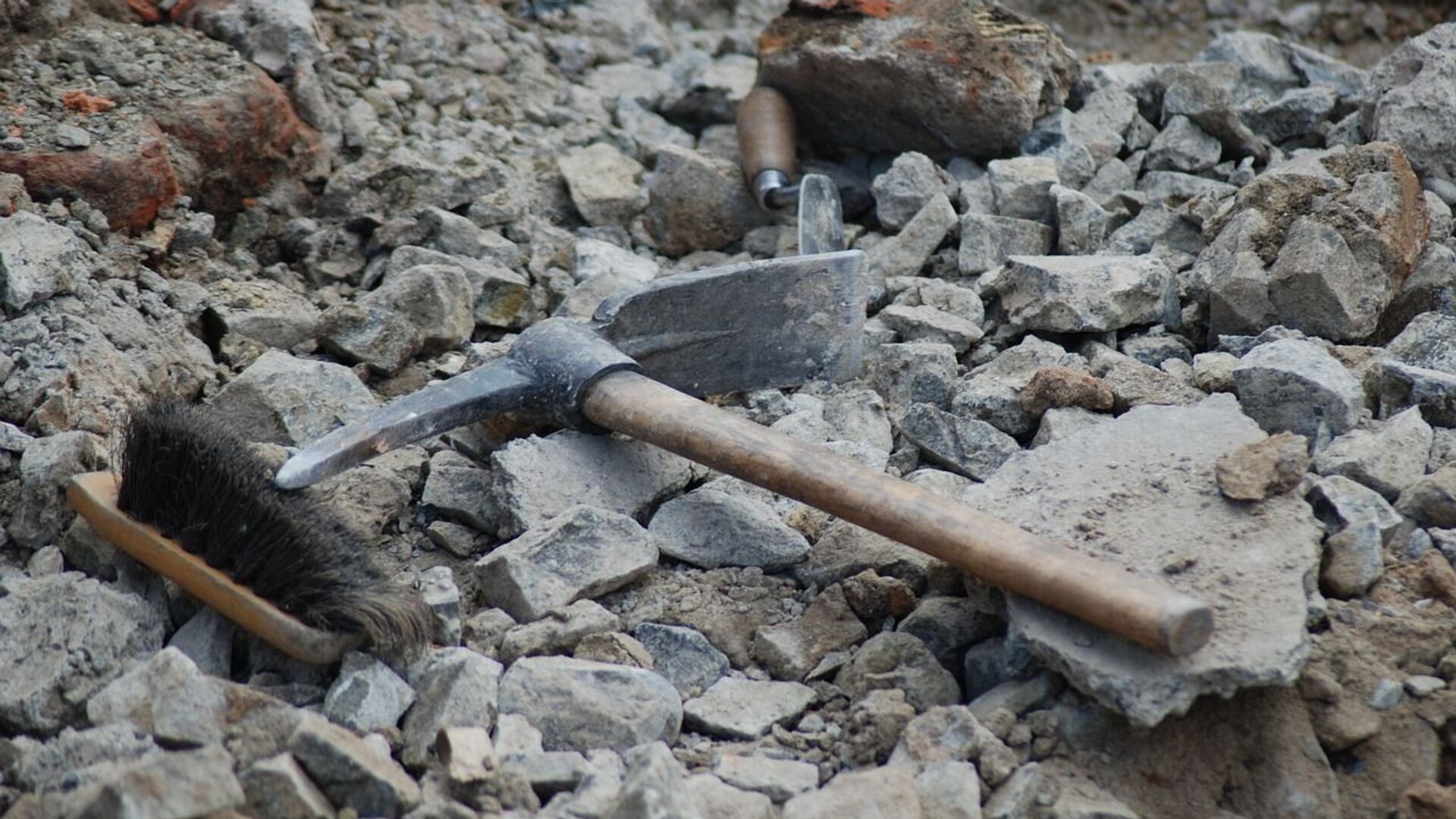Mass Grave Belonging to Black Death Victims Found in Germany

CC0 / /
Subscribe
Nuremberg experienced plague outbreaks roughly every 10 years from the 14th century onward, said one expert.
At least 1,000 skeletons have been found in what archeologists are saying is possibly the largest mass grave ever excavated in Europe, according to a recent report. The grave is located at a site in the city of Nuremberg in southern Germany, and the remains most likely belong to plague victims.
Mass grave with 1,000 skeletons found in Germany https://t.co/Rl05FYKTNy
— CTV News (@CTVNews) March 6, 2024
The bodies were found packed tightly together, with adults either sitting up or lying on their backs or sides, while babies or newborns were squeezed in between the adults.
“Those people were not interred in a regular cemetery although we have designated plague cemeteries in Nuremberg,” said Melanie Langbein, from Nuremberg’s department for heritage conservation. “This means a large number of dead people who needed to be buried in a short time frame without regard to Christian burial practices,” she said.
The discovery was made during a routine archaeological screening in preparation for building a retirement home, according to a development company.
🇩🇪They have already unearthed more than 700 bodies here, says city archaeologist Melanie Langbein, who attaches great importance to the find
— Graham Lambert 💙 (@100glitterstars) February 21, 2024
The plague cemetery in St. Johannis is in all probability the largest in Germany that has been found to date.https://t.co/KJ5vhb3UdV
At least eight plague pits were found with each containing several hundred bodies, Langbein added. At least one mass grave was dated to belong to a period between the late 1400s and early 1600s after archaeologists used radiocarbon for their dating process. Shards of pottery and coins dating from the later end of that range were also found.
A note was also reportedly found from 1634 which detailed a plague outbreak that killed more than 15,000 people between 1632 and 1633. The letter also says that nearly 2,000 people were buried near St. Sebastian Spital, where the site of the current excavation is located.
Langbein added that the plague between 1632 and 1633 had a more dire impact on the people living there at that time because it occurred during the Thirty Years War which lasted from 1618 to 1648.
A mass grave containing at least 1,000 sets of remains — likely victims of a 1600s outbreak of the Black Death — was unearthed in Nuremberg, Germany.https://t.co/0SyOMyabs4
— New York Daily News (@NYDailyNews) March 6, 2024
These series of wars included several major events and nations who fought for various reasons including religions, dynastic, territorial, and commercial rivalries. The countries involved included Austria, Denmark, Dutch Republic, France, Holy Roman Empire, Poland, Protestant Union, Russia, Spain, and Sweden.
“Nuremberg was surrounded by different troops and the population was living in quite dire circumstances,” said Langbein.
The archeologists will continue their research, and will work to find the characteristics of the society’s population from that time, including the ages and genders of those people, and the general health of the population.
Collaborations from other institutions may also help them identify the genetic material of the plague that killed so many people. In the meantime they will continue to work until the excavation is completed, which may happen sometime in the fall of 2025.

